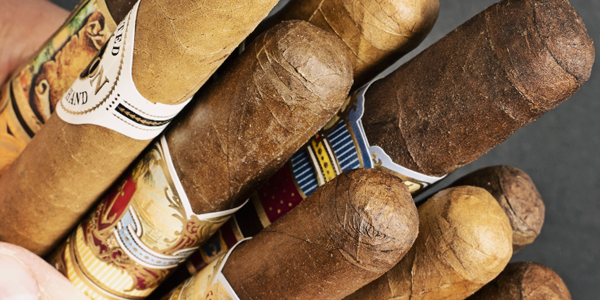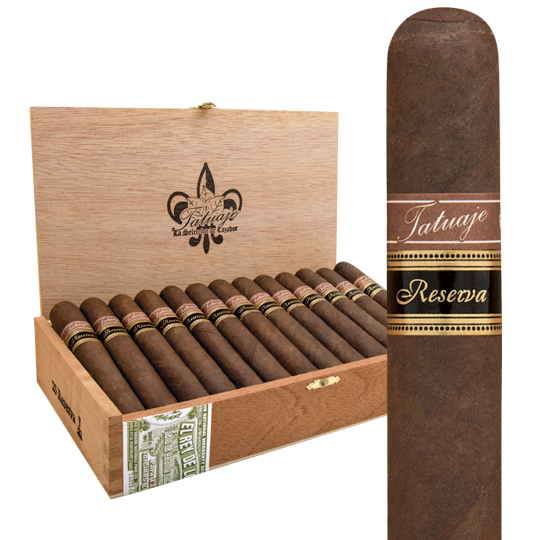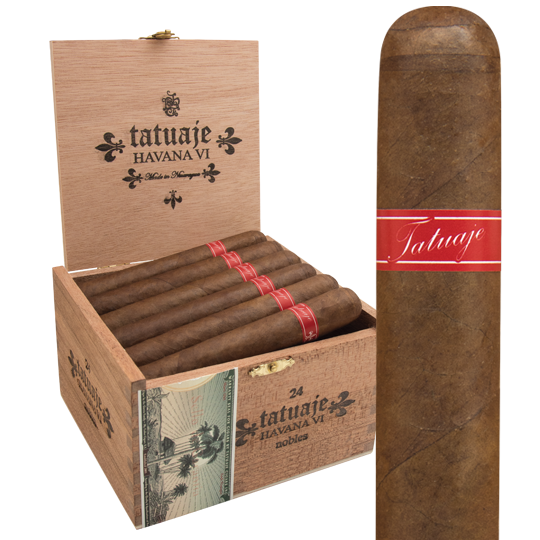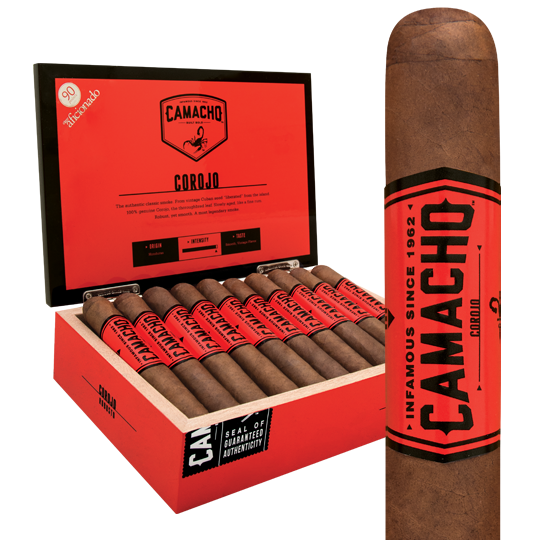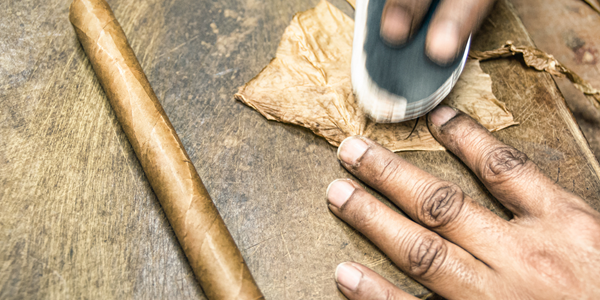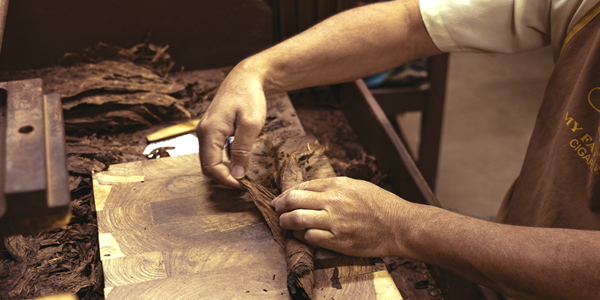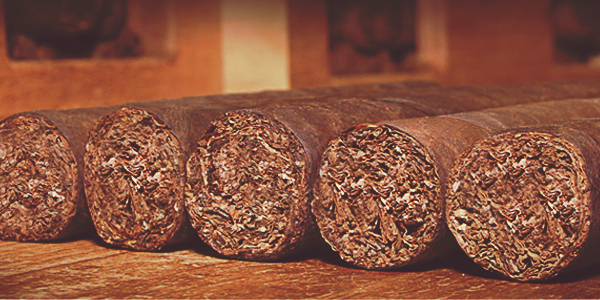What Is a Triple Cap on a Cigar?
Of course you already know that your cigar is closed at the end you put in your mouth. You then have to cut or punch (assuming you’re not using your teeth) a bit of what’s called the “cap.”
What Is the Cap?
The cap on a premium cigar is a piece of wrapper leaf that covers the head of the cigar. Closing the end this way, experts assure, helps hold the wrapper in place. Most premium cigars made these days use what’s called a “flag and cap” method to close the head. The flag is an extension of the wrapper that is precisely cut and folded over the head of the cigar, secured with vegetable gum. An additional piece of wrapper, a cap, is then secured to the head. This is usually the part that you’re removing to open up the cigar. Cigars made in Cuba have traditionally used a “triple cap.”
Triple Cap
Essentially, the triple cap method adds an additional piece of wrapper leaf to close the head. This leaves the impression that there are three seams. The cigar roller is meticulous in applying this triple cap.
Once the wrapper reaches the head of the cigar, the flag is left hanging. This is the first cap. The roller then weaves into the flag a teardrop-shaped piece of leaf to cover the head. This is the second cap. The last touch – the third cap – is cutting a round piece of excess wrapper leaf to adhere with vegetable gum right on the end of the head. This creates a refined finish.
Why a Triple Cap?
The triple cap method is now being used by some cigar makers in other countries, particularly Nicaragua (Tatuaje) and Honduras (Camacho). The fans of the triple cap argue that not only does it look better than other caps, but that it provides extra protection for the wrapper to hold on to the binder.
Next time you have a Cuban cigar, take note of the cap. See if it looks better than your Dominican cigar, which rarely gets a triple cap. Structurally, most premium cigars are constructed well, no matter the style of cap they carry.

